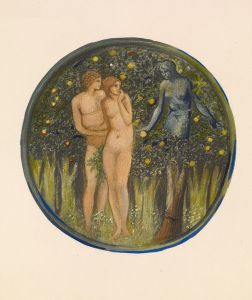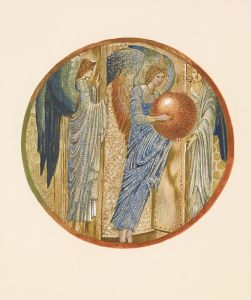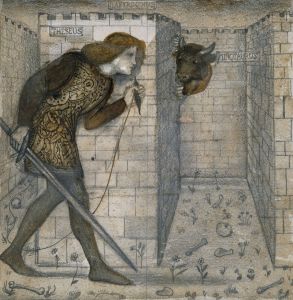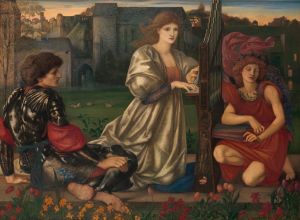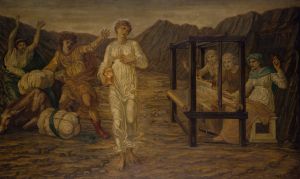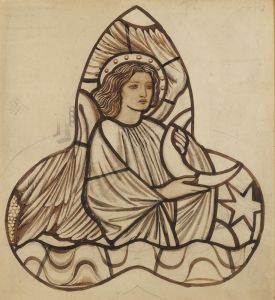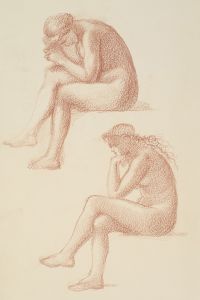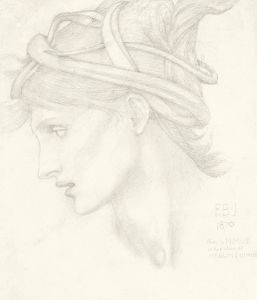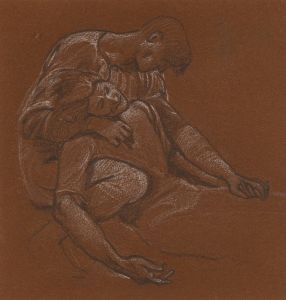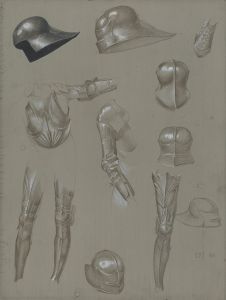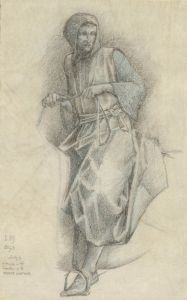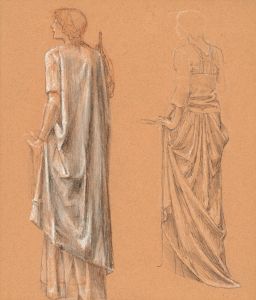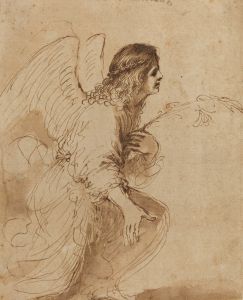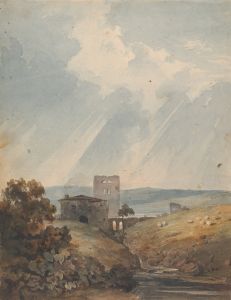
Female – Drapery Study – background figure for St Theophilus and the Angel
A hand-painted replica of Sir Edward Coley Burne-Jones’s masterpiece Female – Drapery Study – background figure for St Theophilus and the Angel, meticulously crafted by professional artists to capture the true essence of the original. Each piece is created with museum-quality canvas and rare mineral pigments, carefully painted by experienced artists with delicate brushstrokes and rich, layered colors to perfectly recreate the texture of the original artwork. Unlike machine-printed reproductions, this hand-painted version brings the painting to life, infused with the artist’s emotions and skill in every stroke. Whether for personal collection or home decoration, it instantly elevates the artistic atmosphere of any space.
"Female – Drapery Study – background figure for St Theophilus and the Angel" is a preparatory study by the renowned British artist Sir Edward Coley Burne-Jones. This work is part of Burne-Jones's extensive exploration of themes from mythology, religion, and literature, which he often depicted with a distinctive Pre-Raphaelite style characterized by detailed attention to form and a rich use of color.
Edward Burne-Jones (1833–1898) was a key figure in the second wave of the Pre-Raphaelite Brotherhood, a movement that sought to return to the detail, intense colors, and complex compositions of Quattrocento Italian art. Burne-Jones's work is noted for its romantic and often melancholic beauty, and he frequently collaborated with other artists and craftsmen, including William Morris, in the broader Arts and Crafts Movement.
The study in question is related to Burne-Jones's painting "St Theophilus and the Angel," which is part of a series of works illustrating the story of Theophilus of Adana, a cleric who, according to legend, made a pact with the devil but was later redeemed by the Virgin Mary. This narrative was popular in medieval Christian folklore and was often depicted in art and literature as a moral tale of sin and redemption.
In "Female – Drapery Study," Burne-Jones focuses on the intricate details of the drapery worn by a female figure, which would appear in the background of the larger composition. Such studies were common in Burne-Jones's process, as he meticulously planned the composition and details of his paintings. The study showcases his skill in rendering fabric, capturing the flow and texture of the material with precision. This attention to detail not only highlights his technical prowess but also contributes to the ethereal and timeless quality of his work.
Burne-Jones's studies and preparatory works are valued for their insight into his artistic process. They reveal how he developed his ideas and compositions, often working through multiple iterations to achieve the desired effect. These studies are also appreciated for their standalone beauty, demonstrating the artist's ability to imbue even the most preliminary sketches with a sense of grace and elegance.
The broader painting, "St Theophilus and the Angel," reflects Burne-Jones's interest in themes of spiritual struggle and redemption, common motifs in his oeuvre. His works often explore the tension between the earthly and the divine, a theme that resonated with the Victorian fascination with medievalism and spirituality.
Burne-Jones's influence extended beyond his own time, impacting the development of European Symbolism and the Aesthetic Movement. His works continue to be celebrated for their beauty and emotional depth, and they remain a significant part of collections in major museums and galleries worldwide.
In summary, "Female – Drapery Study – background figure for St Theophilus and the Angel" is a testament to Sir Edward Coley Burne-Jones's meticulous approach to art-making and his ability to capture the delicate interplay of form and fabric. It serves as a window into the artist's creative process and his enduring legacy in the world of art.





